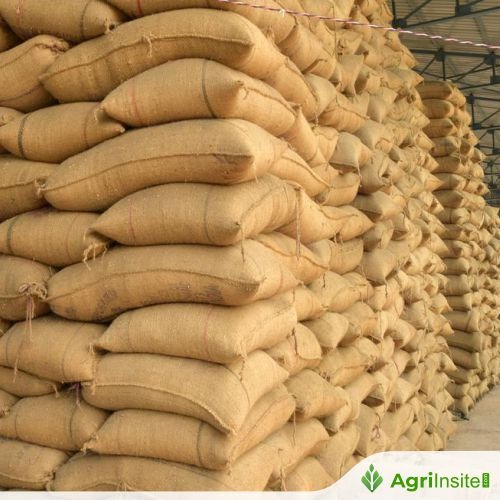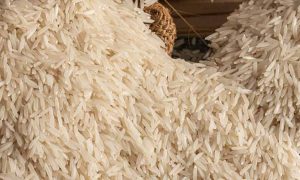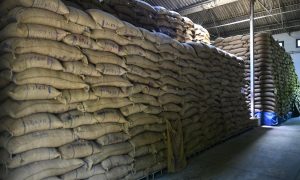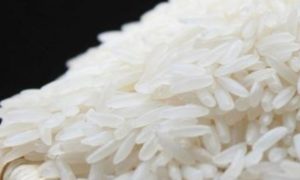India’s Rice, Wheat Stocks Surge Amid Robust Procurement

India’s food grain reserves have hit record levels, with rice stocks surging 18% year-on-year to 59.5 million metric tons and wheat stocks reaching a four-year high of 36.9 million tons. This robust build-up, driven by strong procurement, bolsters food security, stabilizes prices, boosts export potential, and reduces import dependence despite recent weak harvests.
Kedia Advisory – India’s food grain reserves have hit significant highs, with rice stocks reaching a record 59.5 million metric tons—an 18% rise year-on-year—and wheat stocks climbing to a four-year peak of 36.9 million tons. The surge comes on the back of robust procurement by the Food Corporation of India, easing concerns over past shortfalls. Record rice levels could boost exports following the removal of curbs, while improved wheat stocks may help stabilize prices during lean months. This bumper build-up supports India’s food security and mitigates the need for wheat imports despite three years of subpar harvests.
Key Highlights
# Rice stocks surged 18% YoY to a record 59.5 MMT.
# Wheat stocks touched 36.9 MMT, the highest in 4 years.
# Government procured 30 MMT wheat — most in 4 years.
# Rice exports may rise as export restrictions were lifted.
# Ample wheat supply reduces chances of imports in 2025.
India’s food grain inventory continues to climb, offering a bullish outlook for rice exports and a stabilizing hand for wheat prices. As of June 1, rice stocks in government warehouses jumped 18% year-on-year to a record 59.5 million metric tons—well above the July 1 target of 13.5 million tons. Wheat stocks also swelled to 36.9 million tons, marking their highest level since 2021 and exceeding the government’s buffer target of 27.6 million tons.
The rise in wheat reserves follows robust procurement by the Food Corporation of India, which purchased 30 million tons this season—the highest in four years. This sharp uptick in government buying has reversed a three-year trend of poor harvests and lower purchases that had once raised the specter of imports.
Price movements in both rice and wheat markets are expected to stay steady or even soften thanks to this abundance. In particular, rice exports may see renewed momentum as India, which contributes 40% to global rice trade, removed its export restrictions in March 2025. With global buyers returning, India’s exporters are poised to capitalize on the surplus.
Industry experts warn, however, that such high levels of rice reserves may pose storage challenges and suggest the government should step up disposal before the next procurement cycle in October.
The wheat stockpile is also timely—helping the government manage supplies efficiently and offering flexibility to sell in open markets if prices rise during the lean season.
Finally
India’s ample food grain stockpile ensures price stability, supports exports, and removes immediate import concerns, reinforcing the country’s food security ahead of the next procurement season.
To Read more about Wheat News continue reading Agriinsite.com
Source : Investing.com
















